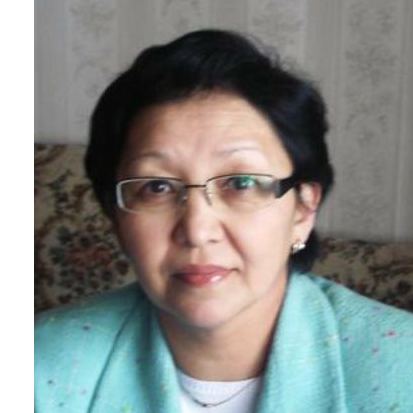NUMERICAL INVESTIGATION OF THE OCCURRENCE OF A CONCENTRATION-POLARIZATION LAYER
DOI:
https://doi.org/10.31489/2021No2/56-59Keywords:
membrane, gas separation, concentration polarization, boundary layerAbstract
"This work describes the appearance of a concentration polarizing boundary layer on the membrane surface during the separation of the H2/CO2 gas mixture. Concentration polarization occurs when the rejection solution accumulates near the surface of the membrane, forming a boundary layer. The inclusion of concentration polarization effects in the processing of porous walls creates additional difficulties. The boundary layer formed by concentration polarization can be considered as a type of a second porous wall with a lower permeability than the membrane. The main difficulty in modeling this situation is to determine the appropriate boundary conditions for the concentration on the wall, since the concentrations on the wall will constantly change, and the wall geometry itself may change over time due to particle deposition. To account for this effect, a numerical approach was developed, which is discussed in this work. "
References
"1 Akinbomi J., Wikandari R., et al. Enhanced fermentative hydrogen and methane production from an inhibitory fruit-flavored medium with membrane capsulated cells. Membranes.2015, Vol.5, No. 4, pp. 616–631.
Kalassov N.B., Dzhonova D., TsibranskaI., et al. Application of integrated membrane bioreactors in renewable energy industry. Journal of Chemical Technology and Metallurgy. 2020, Vol. 55, No. 2, pp. 314-323.
Adekunle K.F., Okolie J.A. A review of biochemical process of anaerobic digestion. Adv. Biosci. Biotechnol. 2015, Vol. 6, No. 3, pp. 205-207.
Bakonyi P., et al. Biohydrogen purification using a commercial polyimide membrane module: studying the effects of some process variables. Int. J. Hydrogen Energy. 2013, Vol. 38, No. 35, pp. 15092–15099.
Bakonyi P., Nemestóthy N., Bélafi-Bakó K. Biohydrogen purification by membranes: an overview on the operational conditions affecting the performance of nonporous, polymeric and ionic liquid based gas separation membranes. Int. J. Hydrogen Energy. 2013, Vol. 38, No, 23, pp. 9673–9687.
Ghimire A., Kumar G., Sivagurunathan P., et al. Bio-hythane production from microalgae biomass: key challenges and potential opportunities for algal bio-refineries. Bioresour. Technol. 2017, Vol. 241, pp. 525–536.
Ghimire A., Frunzo L., Pirozzi F., et al. A review on dark fermentative biohydrogen production from organic biomass: process parameters and use of by-products. Appl. Energy. 2015, Vol. 144, 73–95.
Rosalinda M., Loredana D.B., Enrico D. Membrane Bioreactors for Production and Separation. Comprehensive Biotechnology. 2019,Vol. 2, pp. 374-393.
Kalassov N.B., Dzhonova D., Manatbayev R.K. Hydrodynamic modeling of the cross-flow of membrane separation processes. Bulletin» of the national engineering academy of the republic of Kazakhstan. 2020, Vol. 75, No.1, pp. 68-76.
Geraldes V., Semião V., De Pinho M.N. Flow and mass transfer modelling of nanofiltration. J. membrane sci. 2001, Vol. 191, 109-128.
Michaels A.S. New separation technique for the CPI. Chem. Eng. Prog. 1968, Vol. 64, pp. 31-33.
Porter M.C., Concentration polarization with mem-brane ultrafiltration, Ind. Eng. Chem. Prod. Res. Develop. 1972, Vol. 11, pp. 234-237."















